An old saying goes, 'One cannot get rich without windfall; a horse cannot thrive without night grass.' This saying rings even more true in the 24-hour rolling cryptocurrency market—how many people come in with dreams of 'doubling their wealth', only to repeatedly cut losses in the cycle of contract liquidation and altcoins going to zero, ultimately leaving with nothing.
It's not that you can't make money in the cryptocurrency market, but that most people are going in the wrong direction: instead of 'seeking windfall', it's better to first understand 'what can consistently make money'.
In the cryptocurrency market, only two types of people can truly stand their ground.
After 5 years of navigating in the cryptocurrency market, I have seen big players grow from $50,000 to $20 million and have also witnessed retail investors blowing up their accounts overnight with debts of millions. In summary, only two types of people can consistently profit: insightful trend catchers and perceptive technical analysts.
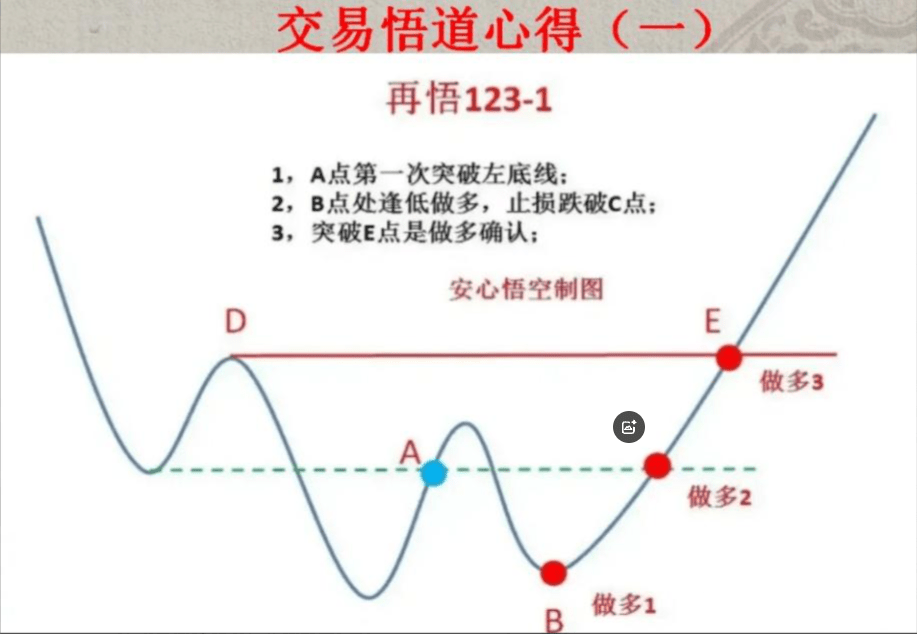
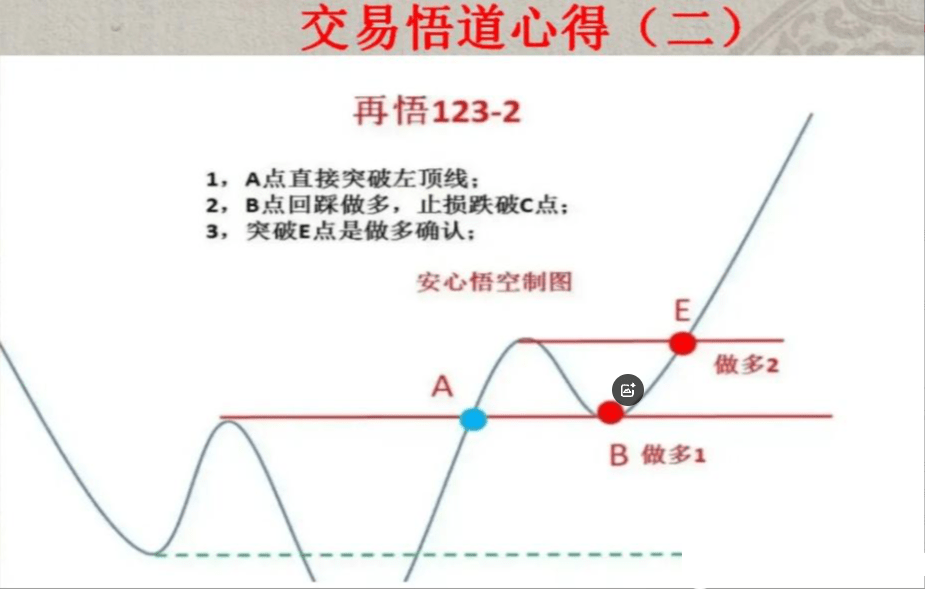
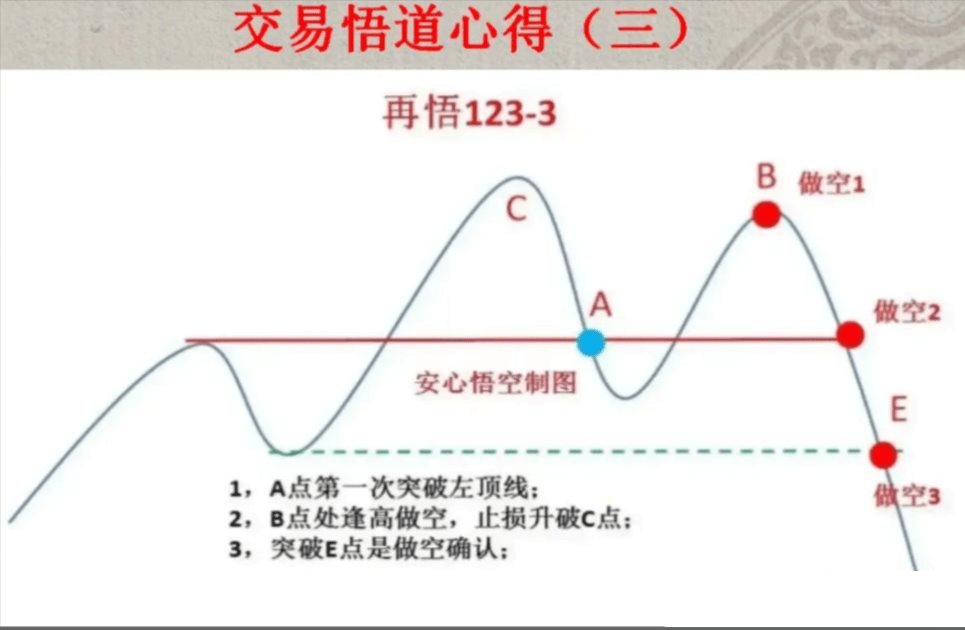
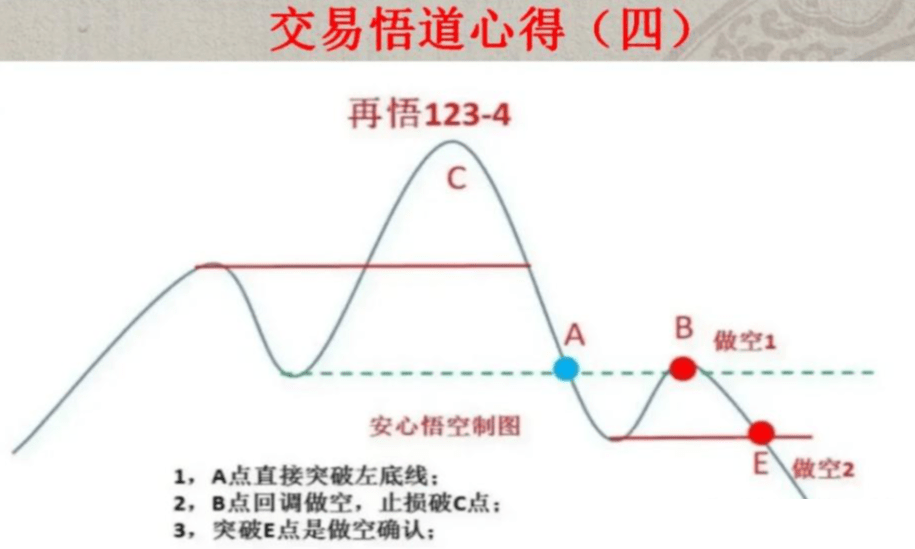
In the 24-hour non-stop fluctuations of the cryptocurrency market, the most painful thing for retail investors is not being unable to understand the market, but rather knowing the technology yet being defeated by human nature. Today, I will break down 6 practical iron rules learned from loss; each one holds the secret from blowing up accounts to doubling profits. Understand them and follow them, and you can outpace 80% of retail investors.
1. Is taking profits and cutting losses against human nature? Calculate this, and you will understand.
Retail investors around the world share the same common problem: holding on stubbornly when prices drop, enduring losses of 10% until liquidation; when prices rise, they panic and sell after just a 5% gain, missing out on the subsequent 200% rally. The result is always 'unlimited losses and limited profits'.
My anti-human nature trading iron rule:
Set 'dynamic stop-loss' at 15% profit; if profits pull back to 10%, close immediately. If there is no pullback, continue to hold, letting profits run (e.g., if SOL rises from $100 to $115, set the stop-loss at $110; if it rises to $150, adjust it to $135);
If the price drops more than 5% after buying, regardless of how good the K-line looks, cut losses (if Bitcoin drops from $30,000 to $28,500, cut immediately; do not fantasize about a rebound).
Do the math: each time you take profits at 10% and stop-loss at 5%, even if your win rate is only 50%, what is your profit after 100 trades? 800%! The difficult part is not the technique but not being greedy when watching profits evaporate and not relying on luck when facing losses—this is the first threshold for survival in the cryptocurrency market.
2. Trading volume is the mirror of the cryptocurrency market; understand it to crush 80% of your opponents.
In the cryptocurrency market, trading volume is more honest than K-lines. Learn to observe changes in volume, and you can see whether the main force is washing out or unloading:
A volume ratio (trading volume compared to the 5-day average) less than 0.5 indicates a significant decrease in volume; if volume decreases but still makes new highs (e.g., ETH rising from $2000 to $2100 with decreased volume), it indicates the main force is highly controlling the market, leaving no room for unloading, with over 80% probability of making profits in an upward channel;
When the cryptocurrency surges and the volume ratio is greater than 1.5, and after breaking through the 20-day moving average, if it decreases in volume during a pullback (e.g., BTC stabilizing at $30,000, then pulling back to $29,000 with decreased volume), this is a signal to buy;
If it’s a contract type, breaking through key resistance levels with increased volume (e.g., SOL breaking through a resistance level of $120 with volume increasing 3 times) will have a winning rate 3 times higher than random guessing.
3. Hold no more than 3 cryptocurrencies; holding more is equivalent to being short.
Another fatal habit of retail investors: with only $50,000 in capital, they buy 8 different cryptocurrencies, neglecting to sell the ones that rise while having no time to cut losses on the ones that fall. I learned from blowing up my account: never hold more than 3 cryptocurrencies, and a maximum of 4 during a bull market.
The iron standard for clearing positions:
Immediately eliminate any asset that drops below the 20-day moving average (e.g., if DOT drops from $10 to $9.5 and breaks below the 20-day line, decisively clear out);
Direct stop-loss after 3 consecutive days of decreasing volume; don’t wait for a 'rebound to sell';
Position allocation is always '2:3:5' (20% for testing, 30% for trend positions, 50% for cash reserves), no matter how optimistic you are about other cryptocurrencies, this ratio should not be broken.
4. The time code for 24-hour market trends, success rate 85%
There is no 'opening and closing' in the cryptocurrency market, but the rules of volatility lie in time:
Do not rush to cut losses during a significant drop from 2-4 AM; after the Asian market enters, there is a high probability of a rebound in the afternoon (2-4 PM);
Do not rush to chase after a spike from 8 PM to 10 PM; the main force often sells off based on emotions from the European and American markets, with a high probability of a pullback the next day exceeding 70%;
Volume increasing while price rises (e.g., ADA rising from $0.5 to $0.55 without increased volume) indicates that it can continue to rise; volume decreasing while price falls (e.g., BNB falling from $300 to $280 with shrinking volume) suggests it will continue to fall;
Significant volume stagnation (e.g., DOGE increasing volume to $2 billion but not breaking $0.15) indicates that a top has formed; volume decreasing and stopping the drop (e.g., XRP dropping to $0.6 with volume only 1/3 of normal) indicates that the bottom is near.
5. Trends are the best teacher, moving averages are the simplest ruler
The cryptocurrency market does not need 'prediction masters', but rather 'trend followers'. Determining trends does not require complex indicators; a single moving average is sufficient:
For short-term trading, look at the 5-day moving average: if the cryptocurrency breaks above the 5-day line with increased volume (e.g., SOL breaking above $82 from $80), follow up immediately; if it drops below, exit;
For medium to long-term trading, look at the 20-day moving average: if ETH holds above the 20-day line with a 30% increase in trading volume, that’s a signal for trend initiation; if it drops below the 20-day line, exit regardless of profits or losses;
Remember: once a trend is established, even if you are skeptical, you must first follow it. Capital is always more reliable than your 'feelings'.
6. Buy on discrepancies, sell on consensus: the core logic of doubling in cryptocurrency.
'Discrepancies create premiums'—this saying is even more effective in cryptocurrency than in the stock market. My practical insights:
When a strong cryptocurrency shows discrepancies (e.g., a MEME coin that has surged for 3 consecutive days suddenly halting with volume increasing 5 times), it can actually be a buying point—if the main force wants to continue pushing up after the long/short game, they will quickly absorb the selling pressure;
When everyone in the community is shouting 'target 10x' (for example, a certain altcoin is being hyped as 'the next SOL'), that's the sell point; widespread optimism means no one is left to buy.
Three key points for making a bullish reversal on the first day:
Ensure there are sufficient profits when there has been an increase of over 30%;
The trading volume on the first day of a bearish reversal is more than twice the average of the previous 3 days (discrepancy must be significant);
If it does not drop below the low of the first bearish candle the next day and stabilizes above the 5-day line with decreased volume.
To put it bluntly: the technical aspects of the cryptocurrency market are not hard to learn, but the difficulty lies in turning 'knowing' into 'doing'. These 6 iron rules can be verified in the market; each verification is a form of practice. Save them, and before making your next trade, take a look—making fewer mistakes means earning more money than others.
The premise of going with the trend is to first understand the 'trend'. Which iron law do you think today's market aligns with? Let's discuss.
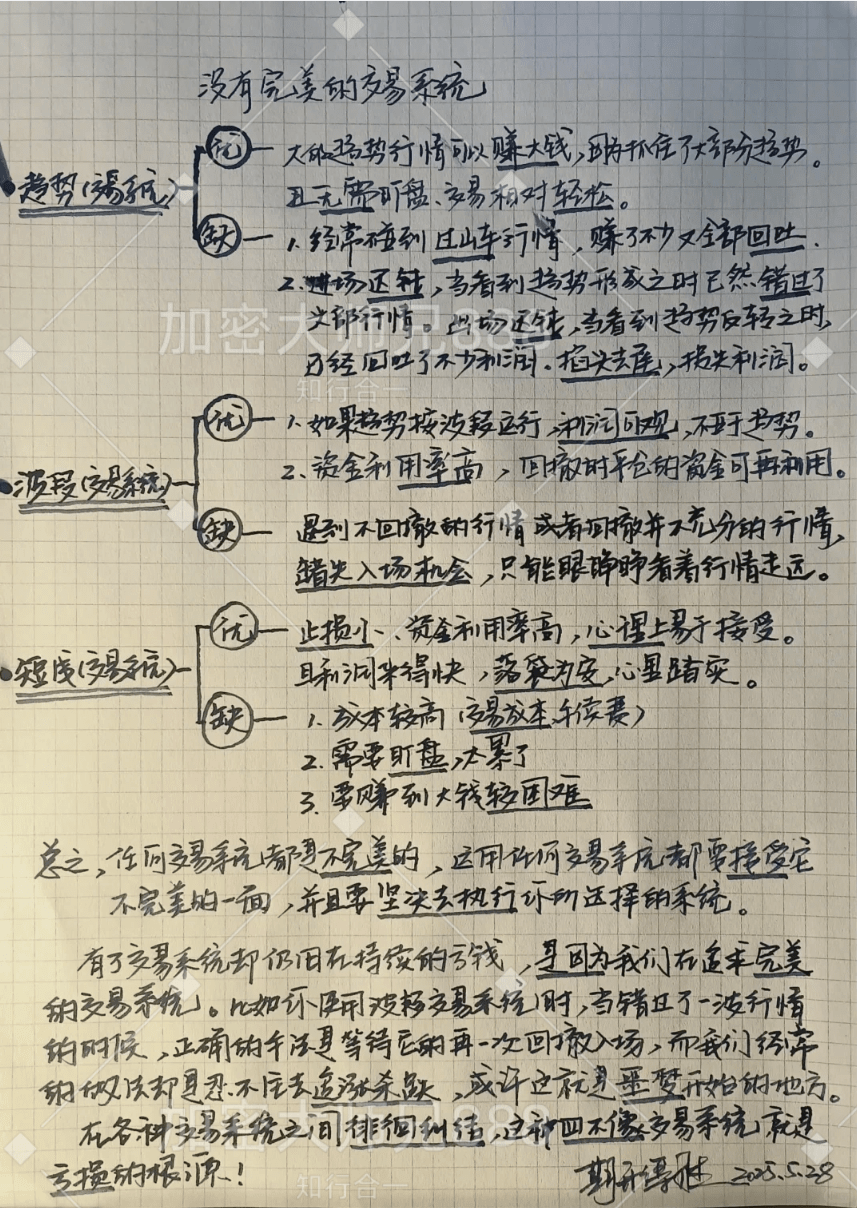
If you are also a technical enthusiast studying technical operations in the cryptocurrency market, you might want to follow @加密大师兄888 ; you will gain more insights!